👋 I’m so glad YOU are here. Are you looking to also get your partner prepared? This is for BOTH of you. Couples just love it and I know you want to both feel prepared!
Pain between your legs during pregnancy is not uncommon. There are a few reasons why you may be experiencing pelvic girdle pain, or groin pain or even pressure your birth canal. Let’s talk about what the cause is for you.
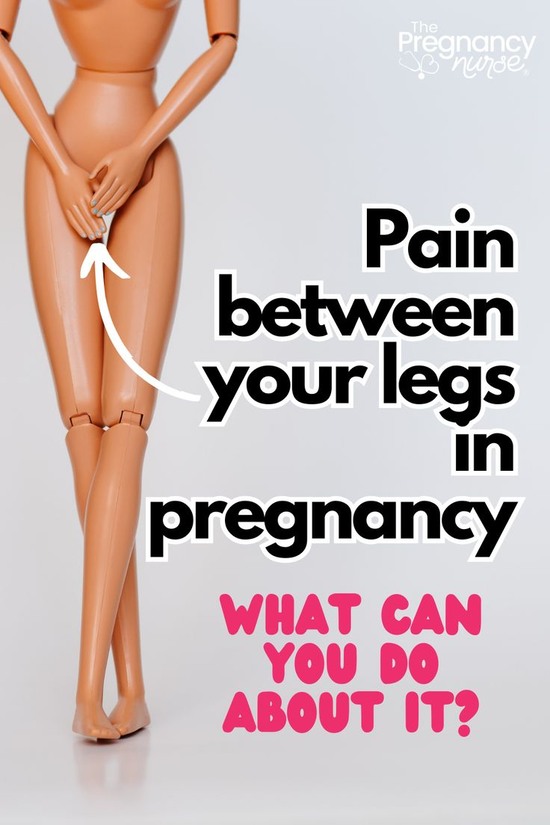
Your doctor or midwife wants to know about your pains in pregnancy so be sure to tell them if you’re experiencing pain so they can help you. If you’re having pain please do talk with them.
Everyone needs a little help during their pregnancy, be it hip pain or getting prepared. Have you gotten in your prenatal class yet? I recommend this one. It’s so fast, easy and fun you’re prepared before you don’t know it. I can’t stress enough to NOT skip a birth class!
Pain Between Your Legs During Pregnancy
This can be for a variety of reasons in obstetric patients (so you always want to ask your doctor) but most common are:
- Symphysis pubis dysfunction (issues with your pelvic joint)
- Groin and inner thigh muscle or ligament issues
- Pressure into the birth canal
- Infections in the birth canal or bladder
So, let’s talk about each of these issues in your pelvic area and what most people experience with them. As I said above, you should definitely talk with your provider. If the pain is severe I’d recommend you call them ASAP. While pain in pregnancy can be normal, it can show a problem that can be fixed or needs to be fixed (like an infection).
Want to know more about the pains of pregnancy — check out these articles too:
- The WORST Parts of Pregnancy
- 5 Fixes for Groin Pain During Pregnancy
- Sleeping During Pregnancy: Tips by Trimester
- To the Mom Who Thinks She’ll Go Early.
- What Does Round Ligament Pain Feel Like
If the pain is more hip pain — I have some tips I can send you:
Symphysis Pubis Dysfunction (spd)
This goes by a lot of names, and ultimately what is causing it will need to be diagnosed by your provider or a physical therapist. This would also include pelvic girdle pain (pgp).
Causes: As you progress in your pregnancy your body releases a hormone that helps your pelvis relax (especially your symphysis pubis — which is an area of connective tissues right in the center of your pubic bone). This is great as it can help baby come out easier. It’s less great because sometimes your pelvis feels like it’s splitting.
What you Feel: You may just feel a dull ache in your pelvis, but many people describe it as “lightening crotch” where the symphysis pubis is separating and you get a quick nerve pain (that feels like lightening). You may have pain that extends throughout your pelvis, including tailbone pain. You may also get pain in your groin area as those muscles work extra hard to support your “wonky” pelvis.
Wonky is a pretty technical term, but I think it describes it well. 🙂
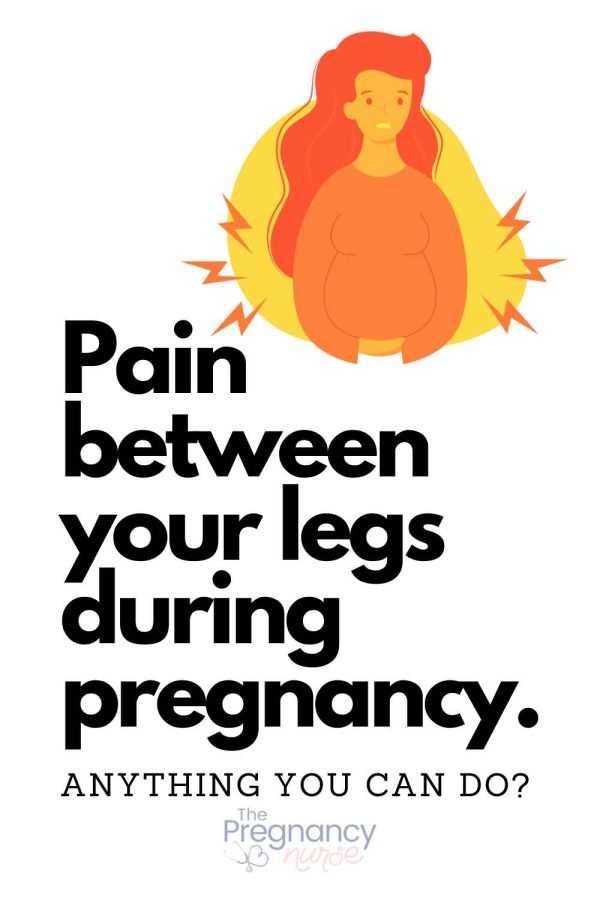
One of the tell-tale signs of SPD is that things like putting on pants or getting out of your car is extremely painful. This can also extend to activities like climbing stairs where both legs are moving independently.
Solution: You should talk with your provider. They may recommend a pelvic support belt, physical therapy or a combination of those things.
Note: A lot of times providers say this is just a “normal part of pregnancy” to pregnant women but a physical therapist can help you change habits to make it less painful. They will help you avoid activities that cause you pain. Ask for a PT referral if the pain is bad enough (some places call this a physiotherapist).
**Pelvic pain in pregnancy has LONG been an ignored by providers (mainly because your OB or midwife doesn’t really have the solution for you) — make sure you’re getting help as you can
Pain during pregnancy can be scary — it’s hard to know if something is wrong.
Pain isn’t the only scary part of pregnancy, if you’re afraid of birth come join me in here. It is going to help you stop being scared by getting you prepared.
I’ll help you know what to expect each step of the way. I only wish I could fix your pelvis along with it. 🙂
Got other pains? These articles might help too:
- What To Do If You’re Miserable At The End Of Your Pregnancy
- How To Sit In An Office Chair During Pregnancy
- 6 Easy Ways To Get Relief From Hip Pain During Pregnancy
- Belly Button Pain During Pregnancy
Pregnancy-Related Inner Thigh Issues
Causes: These muscles are moving in new and different ways as your pelvis and belly / uterus change. I have a whole post on inner thigh pain during pregnancy that you might find helpful.
What you Feel: It may just feel like you have pulled a groin muscle. These areas may be sore
Solution: Many of the solutions above about SPD may help. You may also try some stretching to see if that helps. You can also try heat in the area to see if that helps as well. Try to stay of your feet more, and not do things that make it worse. Physical therapy may be able to help this too!
Pressure In the Birth Canal
Causes: As your pregnancy progresses baby may “drop” more into the birth canal. Some people call this “carrying low” where baby is just LOW and you really feel them in your pelvis.
What you Feel: Most people just describe it as a LOT of pressure in their pelvic region. Some may describe issues with their clitoris or needing to pee all the time (because baby’s head is pushing on that area).
Solution: Having the baby is the best solution to this. Pelvic support belts may help, talk with your provider about what you are experiencing. You may need to take more time off your feet as gravity isn’t doing you a favor on this one at all.
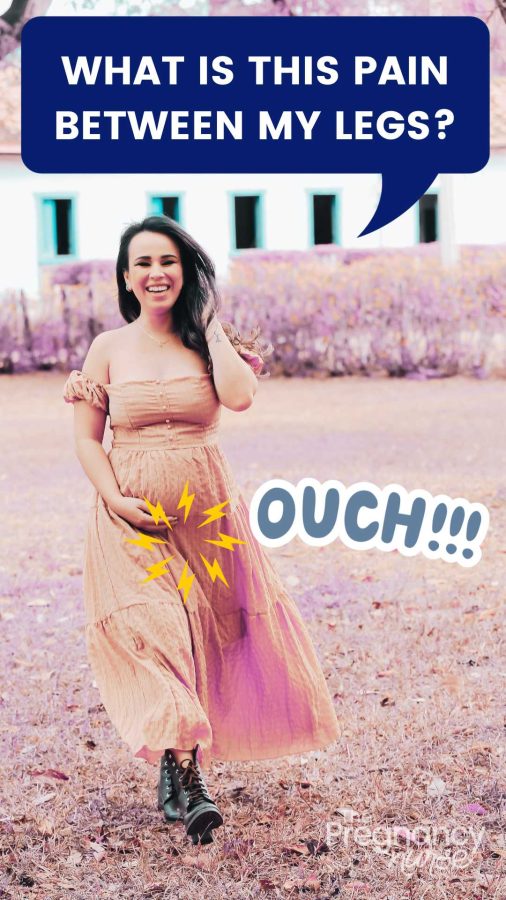
Infections Causing Pain Between the Legs
Causes: This can be a bacterial or a yeast infection. It could also be a bladder infection. If you feel like you have any of those things you need to contact your provider right away. They can cause issues for the baby and possibly preterm labor if you’re still early in your pregnancy.
What you Feel: More often people describe this as a “burning” sensation that is either in the birth canal, or in their bladder area (although it’s often hard to distinguish the two). If it’s a bladder infection you may feel like you have to pee all the time (with very little results), you may have blood in your urine. Itching can be a sign of a bacterial or a yeast infection as well. You may also have lower back pain with these types of infections as well.
Solution: Talk with your doctor or midwife about what you need to do. Some yeast infection treatments are sold over the counter, but you should discuss it with them before proceeding with one of those. Bacterial or bladder infections will likely need a prescription to help them heal. The good news is that with the treatment there should be some fairly quick pain relief (vs many of the other things we’ve mentioned in this article).
As a reminder, many providers will just say “this is normal” and move on to other issues with your pregnancy — but if this pain is truly affecting how you life your life they should try to get you in to see someone. That doesn’t mean that physical therapy will magically have a spot for you, but if you want to give it the effort they should recommend someone (and provide a referral to physiotherapy if necessary).
Pro Tip: You have to be really clear on what you want. Some people just want to know if something is normal or not (or if something is wrong) and some want action. Your provider can’t read your mind, so be clear on what you’re hoping for the outcome to be. I have a whole provider communication bonus video in here.
Looking to get prepare for your birth? I have some easy options for you!
~~~~~~~~
– Worried you’re missing something? Grab my pregnancy planner so you don’t miss a thing!
– Thinking about an induction? Grab Inductions Made Easy to feel prepared in just 20 minutes!
– Wondering how to get that baby OUT? Grab Going Into Labor Made Easy so you know how to (and not to) do it!
– Postpartum got you anxious? Check out Postpartum Care Made Easy so you can stay SAFE even when all your attention is on that little on.
🚨 AND if ALL OF IT has got you on edge The Online Prenatal Class for Couples is perfect for you — You’ll feel so ready before you even know it!
~~~~~~~~
No matter WHERE you are at in your pregnancy journey, we have resources that can help!
You can also try a chiropractor. I’ve had many patients have good luck with chiropractic care during pregnancy for issues like this. Make sure you see someone who is trained in the Webster Technique as that is special training for pregnant women and babies that can help you the most. See if your healthcare provider has anyone to recommend. I had a chiropractor on my podcast that explained more about what they can do for you during pregnancy.
Of course, if the pain isn’t that bad, don’t feel like you need to move the world to get help, but if it’s really affecting you things like a pelvic support belt, sitting on a yoga ball to do some pelvic tilts, changing some daily activities (aka, don’t take the stairs) and visiting a physical therapist or chiropractor (or both) can really make a difference!
Pain Between Legs During Pregnancy FAQ’s:
Is it normal to have pain between your legs while pregnant?
It’s not unusual but I wouldn’t describe it as normal. It is something you should talk with your provider about to see if there is something that can be done (especially if it is effecting your day-to-day activities).
How can I stop my inner thighs or groin from hurting during pregnancy?
Some things to try include:
- Wearing a pelvic support belt to take some of the load off your groin muscles
- Stretching
- Getting off your feet when possible
- Avoid activities that make it worse (or do them differently – physical therapists are great at teaching you how to do this)
Why does my pubic area hurt during pregnancy?
Sometimes it can be from your pelvis separating, but it can also be from the baby’s head descending or the increased blood flow to the area that makes it more tender in general. If your pubic area is hurting, talk with your provider.
Does groin pain mean baby is coming soon?
Not usually. Check out my post on the signs of labor for more to watch for.
Ok, hopefully this article helped and you have some ideas on what to do to help your situation. A lot of pregnancy pain isn’t unusual but it may be something that you can help. You’ll find that knowing the cause and what you can do helps a LOT of pregnancy.
That’s why I created The Online Prenatal Class for Couples. I actually started it back in 2016 because I knew learning online could be a BIG benefit for pregnant families. Since then I’ve updated it LOTS and I priced it to fit your budget because having people GET prepared is my #1 goal.

And, if you’re not quite sure you’re ready for that whole thing, check out my free prenatal class. It’s your first step toward getting in the driver’s seat of your birth.



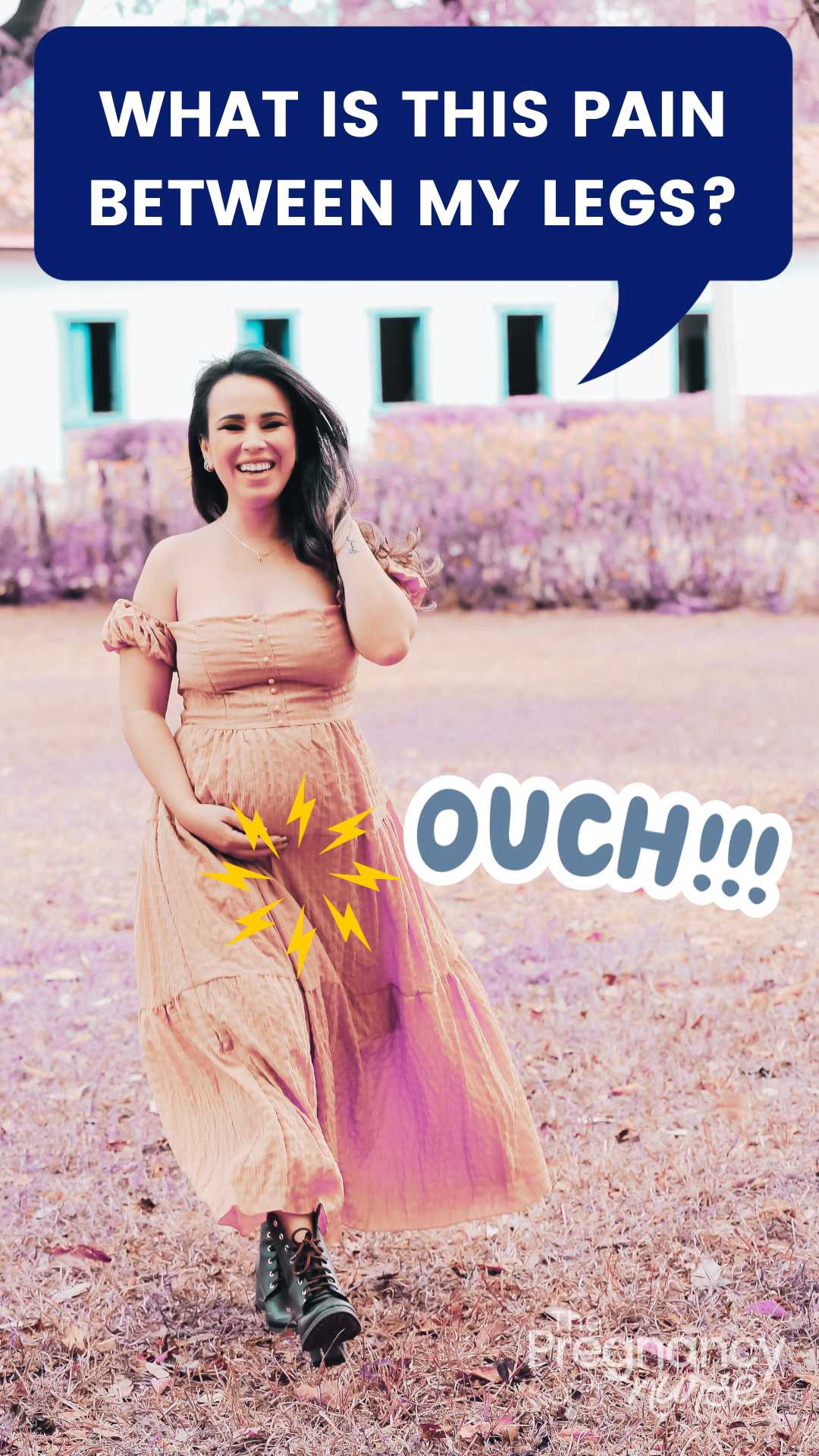
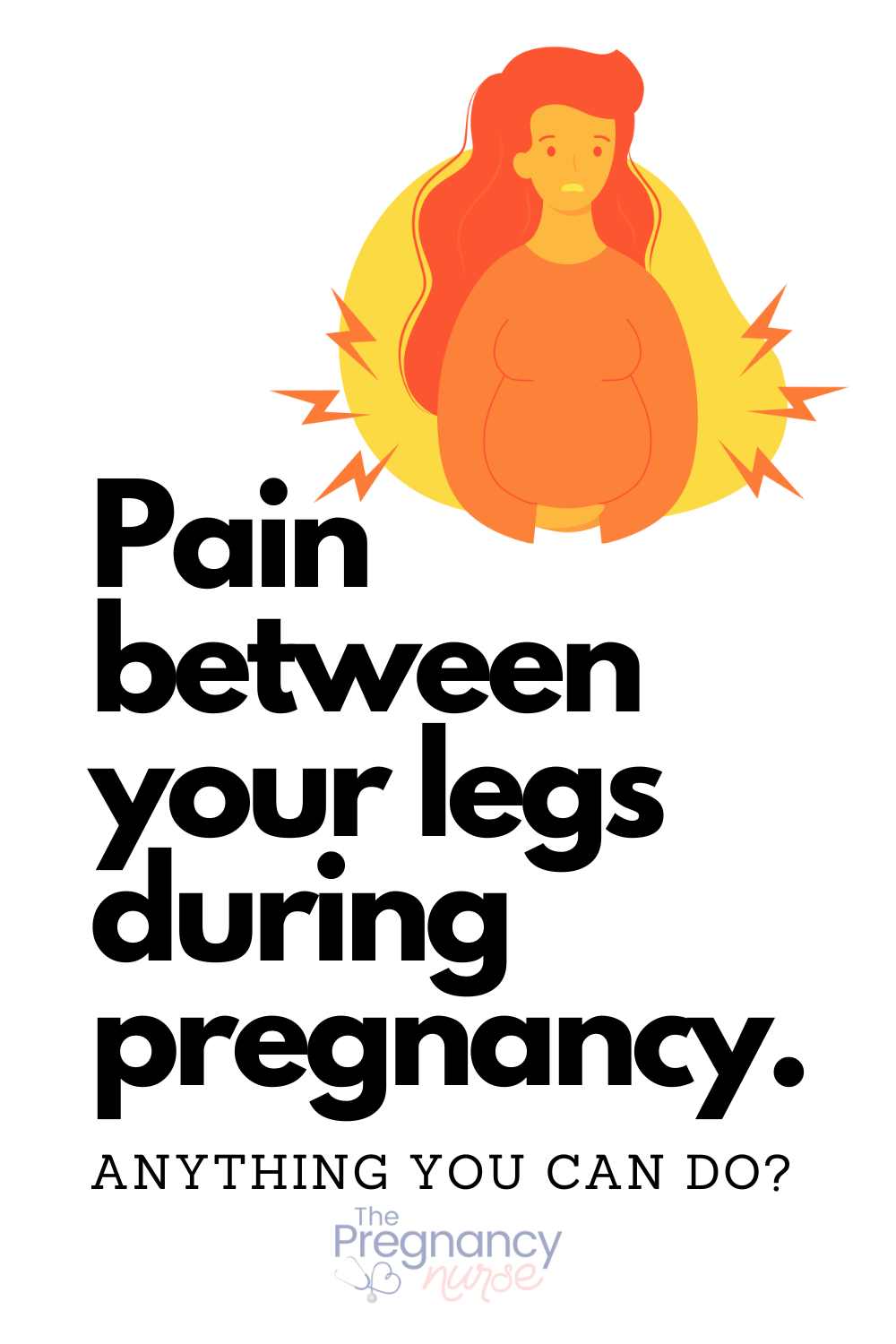
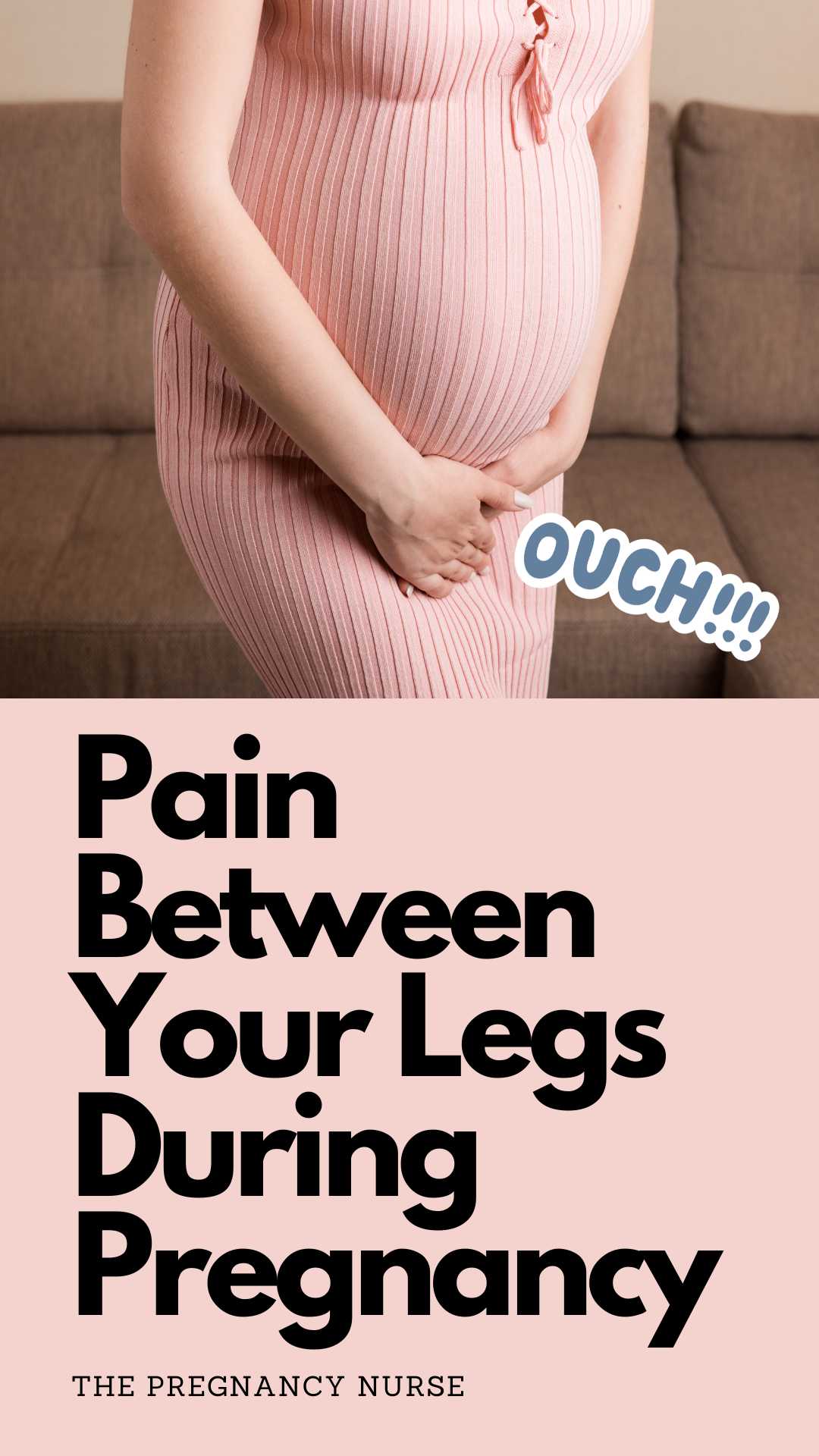


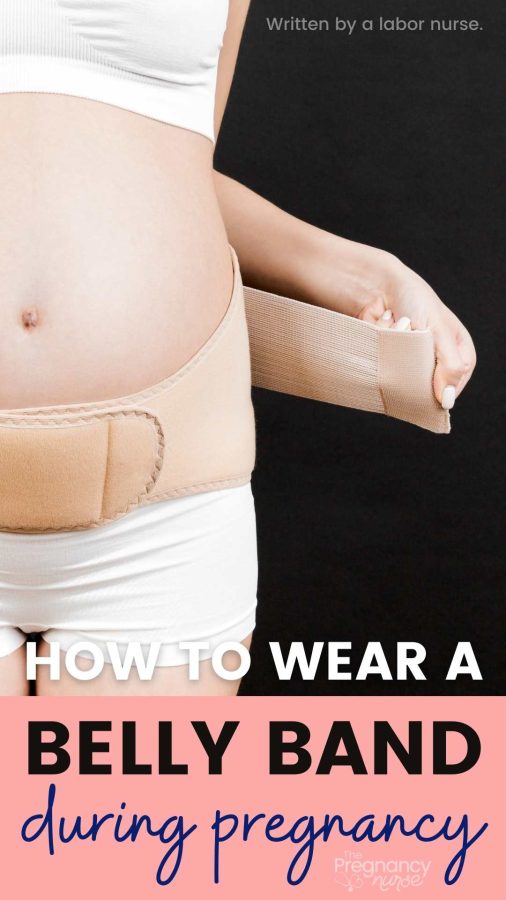

 Sleeping Positions to Induce Labor: Best Positions to Dilate
Sleeping Positions to Induce Labor: Best Positions to Dilate
